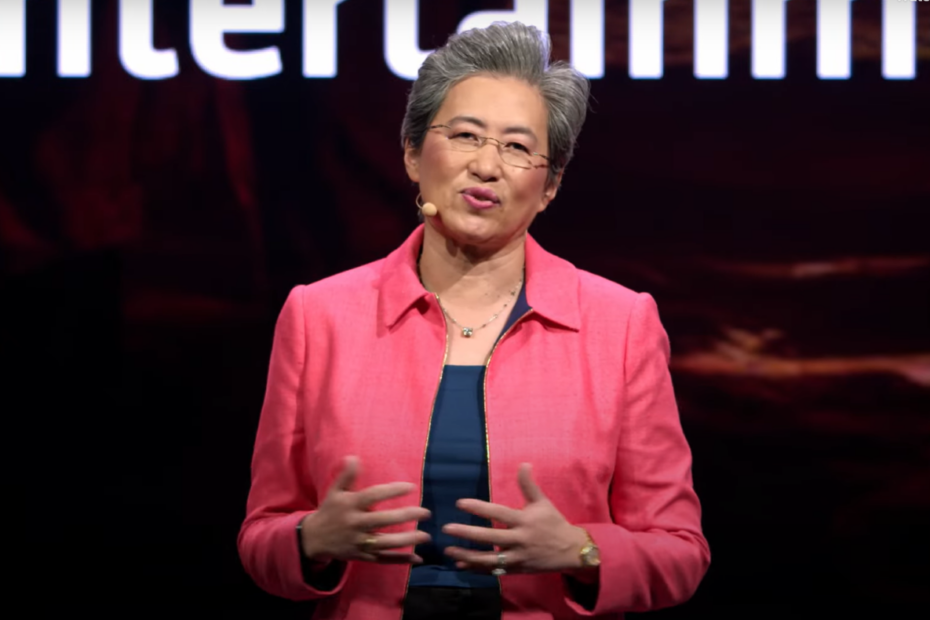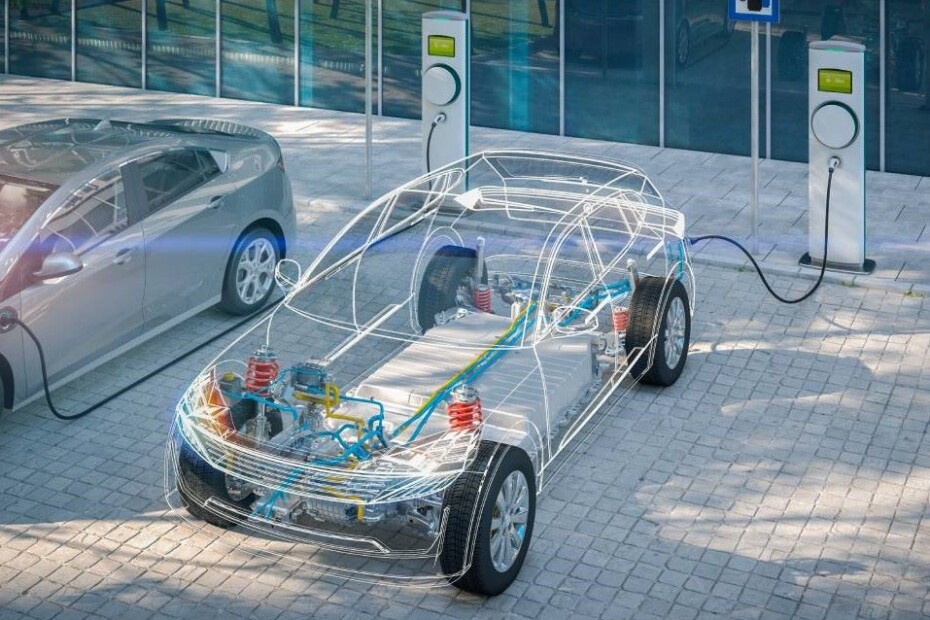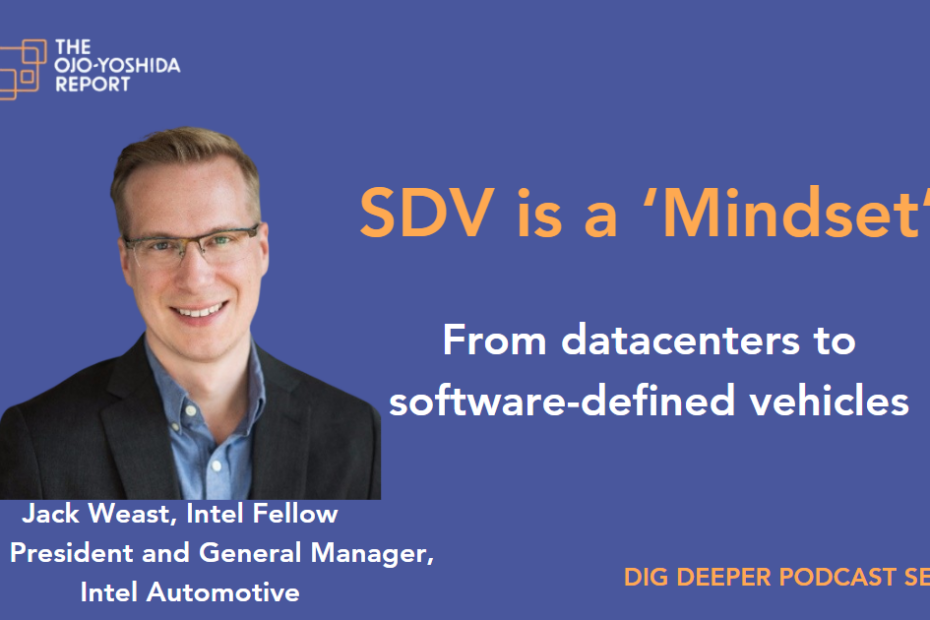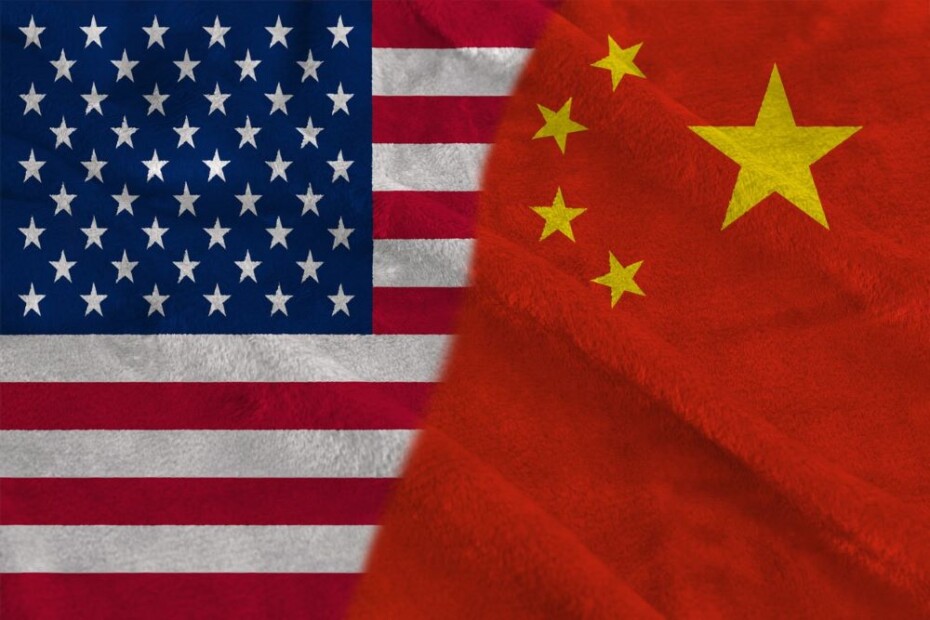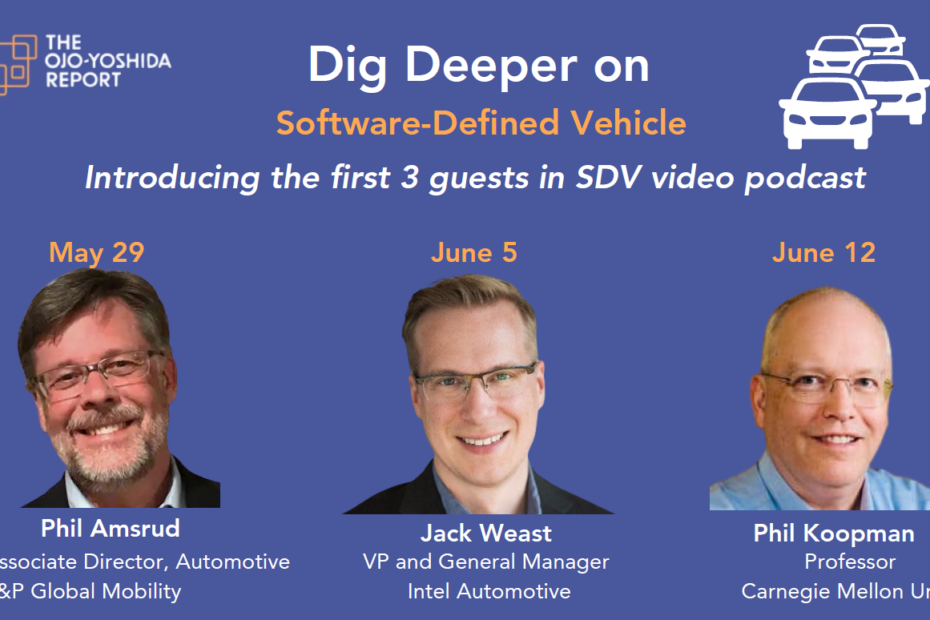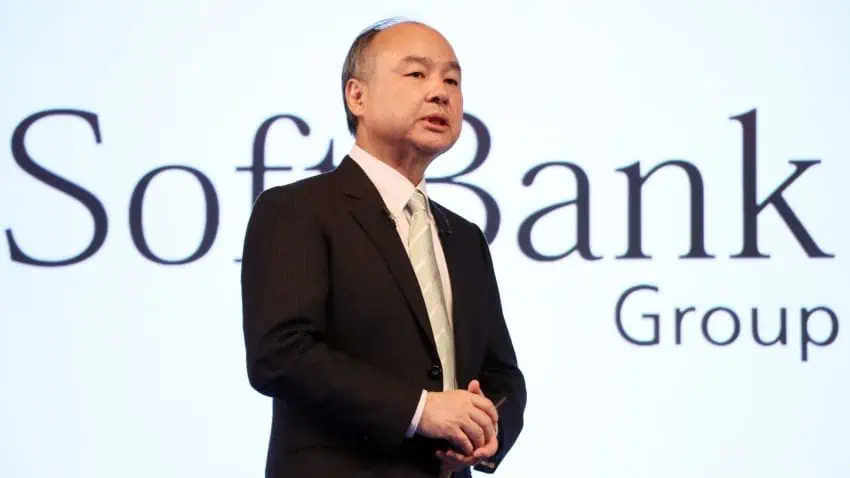AI Sends AMD and Lisa Su Back to the Drawing Board
By Bolaji Ojo
What’s at stake?
AMD under Lisa Su is facing a pack of even more formidable foes than it did when it was slugging it out with Intel in the microprocessor market. Artificial intelligence has redrawn the competitive landscape and AMD is again in a disadvantageous position, playing catchup. Can it maintain the sales and valuation growth momentum created by CEO Su or will it spend many more years again fighting to become a viable player in the AI market?
Lisa Su cannot take victory laps.
Despite obvious winnings, the AMD chairman, president and CEO, cannot afford to take a break from the task of revitalizing the semiconductor supplier she has now led for 10 years.
On Monday, Su was in Taiwan announcing the launch of AMD’s newest artificial intelligence (AI) processors and explaining its strategy for taking on Nvidia Corp. in the battle for dominance of the emerging market.
It’s a story the market is eager to understand following the massive breakout of AI and the emergence of Nvidia as the leading vendor serving data centers, hyperscalers, cloud services vendors and other manufacturers in the sector. The question Su cannot yet answer, though, is how AMD will fare in this new competitive environment where it faces big and equally thirsty competitors.
Read More »AI Sends AMD and Lisa Su Back to the Drawing Board
